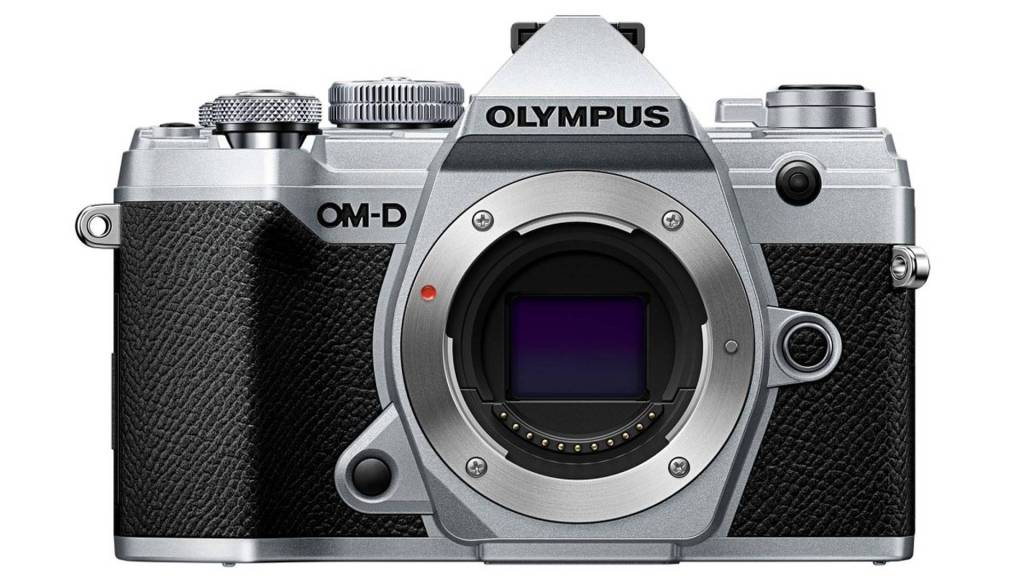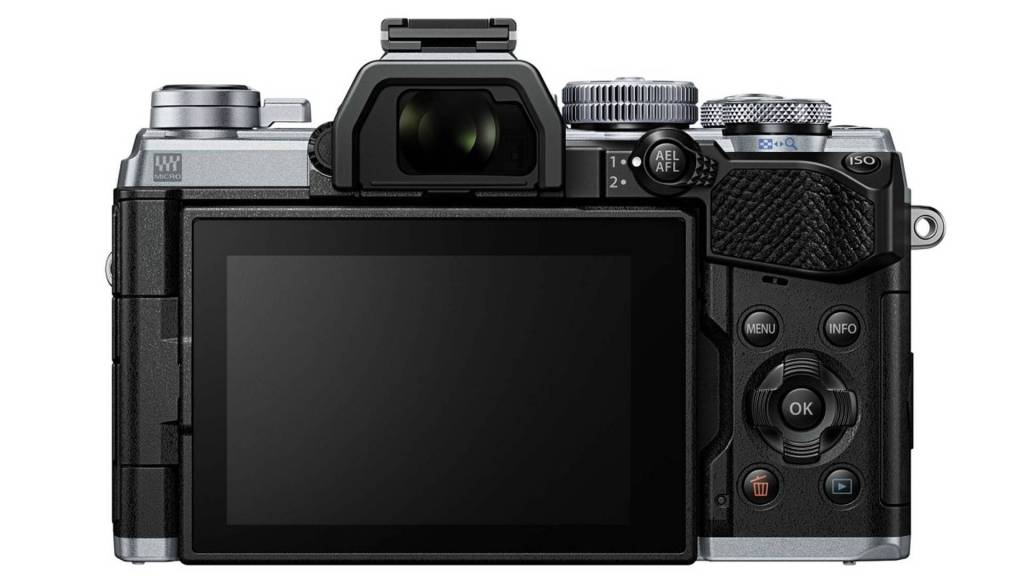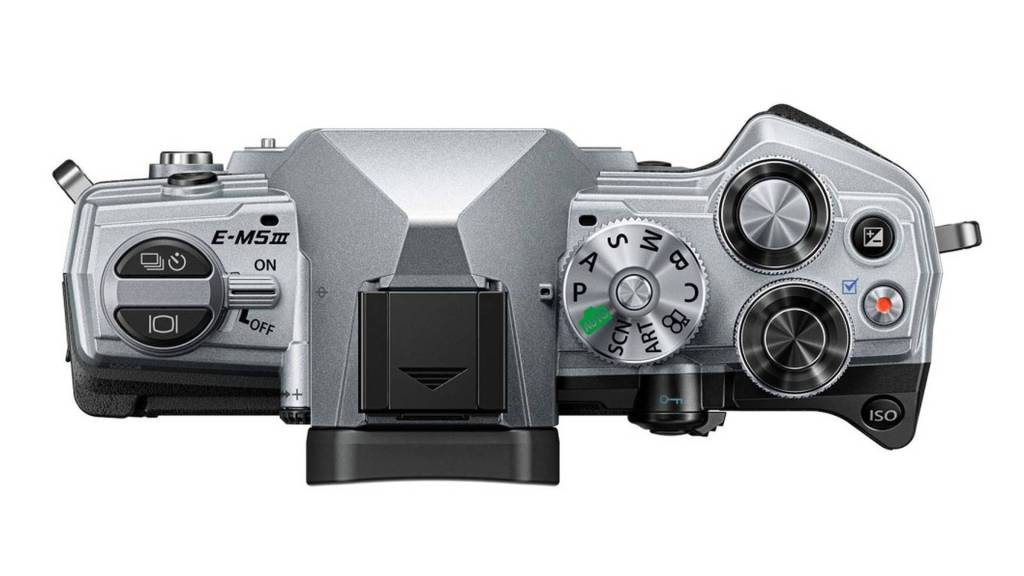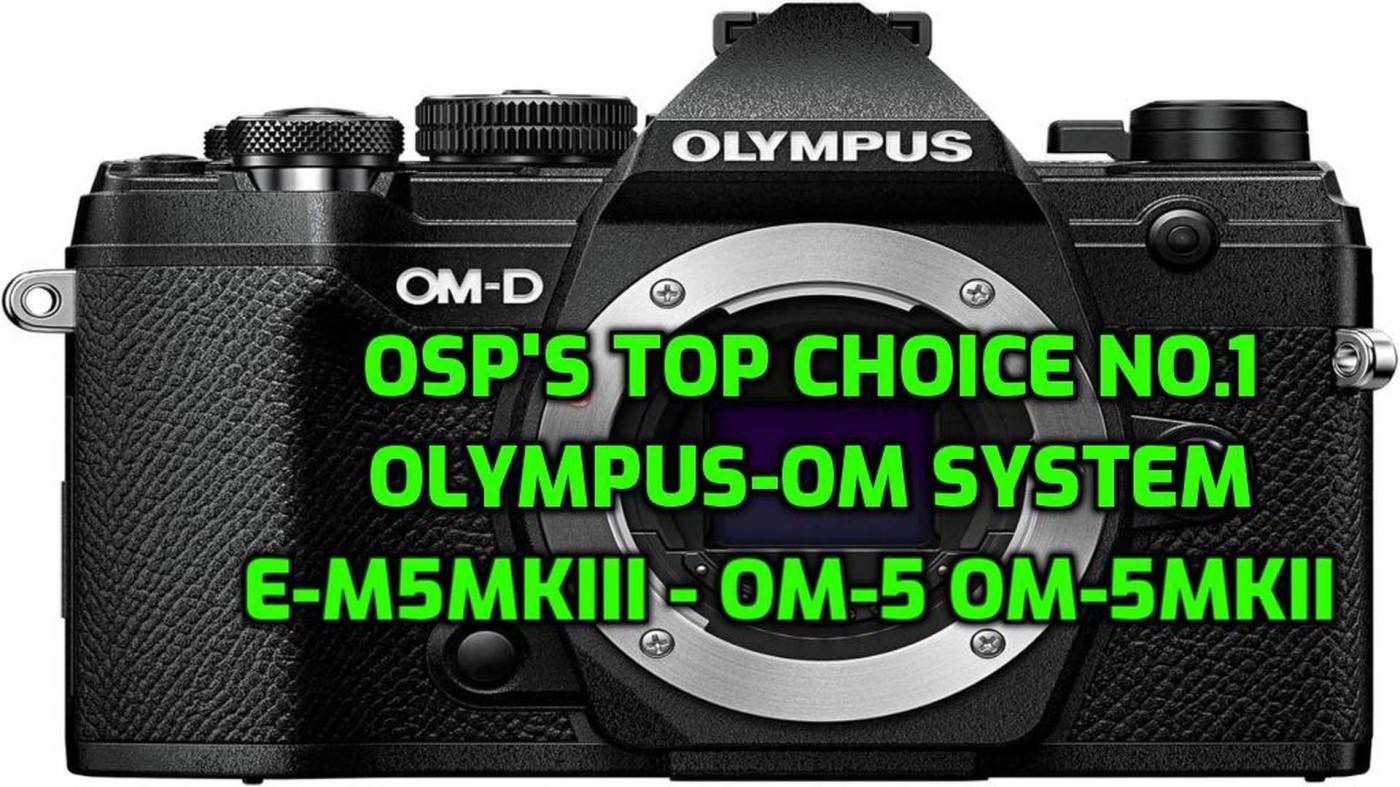Most reviewers and influencers would probably pick a different camera – the brand’s flagship, or whatever they think is the “best” (read: the most expensive, and the one they’re most desperate to promote for maximum sponsorship). But this isn’t about the “best” camera – because, honestly, “best” means something different for everyone. For me, it’s all about the camera I actually use most, the one that’s truly versatile.
If I were only shooting wildlife and birds, this probably wouldn’t be my first choice of camera. But that’s exactly the point – I do spend a lot of time outdoors, so the OM-1 Mark II is my main setup. Still, almost every trip, it’s paired with the E-M5 Mark III as my all-rounder. Especially here in Belgium, where natural areas are a bit limited, I’m always moving through villages or cities as well. And for anything unexpected I come across along the way, that’s where the E-M5 MKIII really shines.
The Olympus/OM System 5-series doesn’t do AI subject recognition, it’s not the absolute fastest, and it doesn’t have a million custom modes. What it does have is a design that just feels complete – a camera that nails the original Micro Four Thirds concept : as compact as possible, yet packing just a bit more than the average camera from any other brand. Add to that top-class weather sealing and stellar stabilization, and you’ve got something special.

Why on earth would you buy an E-M5 Mark III, OM-5, or even the shiny new OM-5 Mark II, when the internet is practically bursting with “Full Frame is Life!” YouTubers, Nikon Z6 diehards, and Canonites promising “more megapixels, more bokeh, more… everything”? You’d think the Micro Four Thirds 5-series is just too ‘ordinary’ to stand out, right?

Let’s set the record straight.
First off: the 5-series is not trying to win the “mine is bigger” contest. It’s not a spec-sheet monster. It doesn’t need to be. This is the camera you would take everywhere – the one that survives actual adventures, not just pixel-peeping on your sofa. It’s small enough to fit in a hiking pack, light enough for a full day of street photography, and tough enough to handle a sudden downpour without flinching. That’s right: rain, mud, dust – bring it on. While your Nikon Z6, Canon R6 or Sony a7IV is shivering in its fancy camera bag, your E-M5/OM-5 is busy making memories.
“Wait a minute – getting a serious déjà vu here. Haven’t we been talking about this on OSP Top Camera for four days straight? A tough camera with zero fear of water and a whole bag of unique features… Well, welcome to Olympus/OM System!”
Specs? Sure, you can find “better” on paper – bigger sensors, more buttons, maybe a few extra frames per second. But here’s what the 5-series does better than most: it just works. The in-body stabilization is still legendary. The color science? Classic Olympus – punchy, lively, straight out of camera. Autofocus? Fast enough for birds, kids, and the occasional runaway dog, and Raw’s just open in any application – even those High Resolution 80MP orf’s.
And price? You can often grab a 5-series body for less than the cost of a single full-frame lens. Plus, your back will thank you when you’re not lugging around a 3-kilo kit for a ‘casual’ Sunday walk. With an OM-5, plus both a 12mm and a 17mm lens in my bag, I’m still only hauling the weight of a bare Nikon Z5 body.

The 5-series is for real-world photographers. Hikers, travellers, street shooters, everyday documenters – people who want pro results without the pro chiropractor bills. It’s for those who know the best camera isn’t the one with the most YouTube hype, but the one you actually have with you – rain or shine, city or wild.
So, is the E-M5/OM-5 series “ordinary”? Only if by ordinary you mean “always ready, always reliable, and quietly brilliant.”
Who Is This Camera For?
- Adventurers who want big performance without the big backpack.
- Hikers, cyclists, and travelers who value compact gear over bragging rights.
- Nature lovers, birders, and outdoor photographers who chase light and weather, not just sunsets.
- Street shooters who prefer to blend in instead of lugging around a camera that screams “rob me.”
- Creatives who love to experiment with every button, dial, and custom mode – but don’t want to haul a manual thicker than the camera itself.
- Hybrid shooters who want top-notch image quality and surprisingly good video, without needing a separate camera for each.
- Fans of weatherproofing who occasionally forget their umbrella (or just laugh at the rain).
- Anyone looking for a true “Goldilocks” camera: not too big, not too small, not too heavy, not too basic.
Not For…
- Pixel-peepers who only sleep well after comparing 200% crops against full-frame flagships.
- Studio shooters who need monster-sized files and endless dynamic range for billboards or fashion spreads.
- Gearheads who crave a battery grip the size of a lunchbox and a lens that doubles as a gym weight.
- Video pros obsessed with 6K RAW, 10-bit everything, and ports for three microphones (and a sandwich toaster).
- Status seekers who want their camera to be bigger, heavier, and more expensive than their friend’s.
- Anyone who enjoys explaining to strangers why “bigger sensors are always better” at every family gathering.
- Those allergic to small, practical, and slightly rebellious cameras that dare to challenge the status quo.
OSP Wisdom : Sure, you’ve got that flagship beast at home. But pick up this camera, and watch how quickly it becomes your everyday favourite.
product pictures courtesy of olympus.nl
⭐⭐⭐⭐⭐
OSP 5-Star Pick
Discover more from Open Source Photography
Subscribe to get the latest posts sent to your email.




Great choices. A few people in the group I run use these cameras and are more than happy with them.
LikeLiked by 1 person
Thanks, Mark! Honestly, I’m more than happy with it myself. Really appreciate your comment, as always! Have a great weekend – Marc.
LikeLiked by 1 person